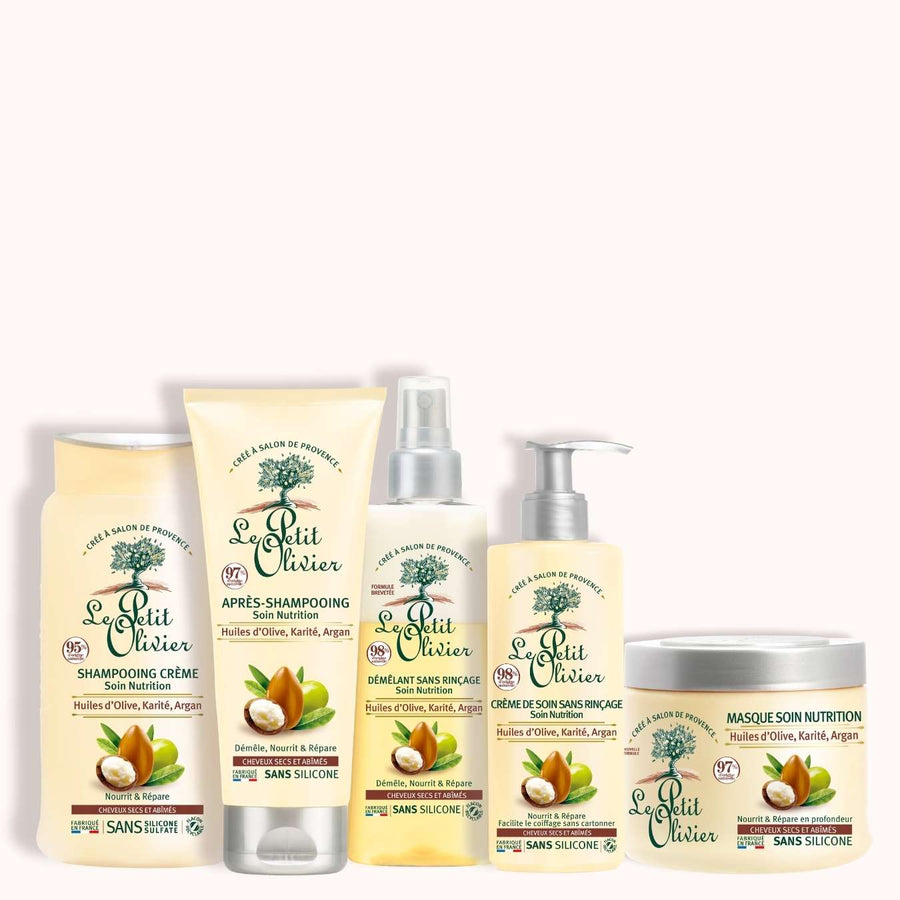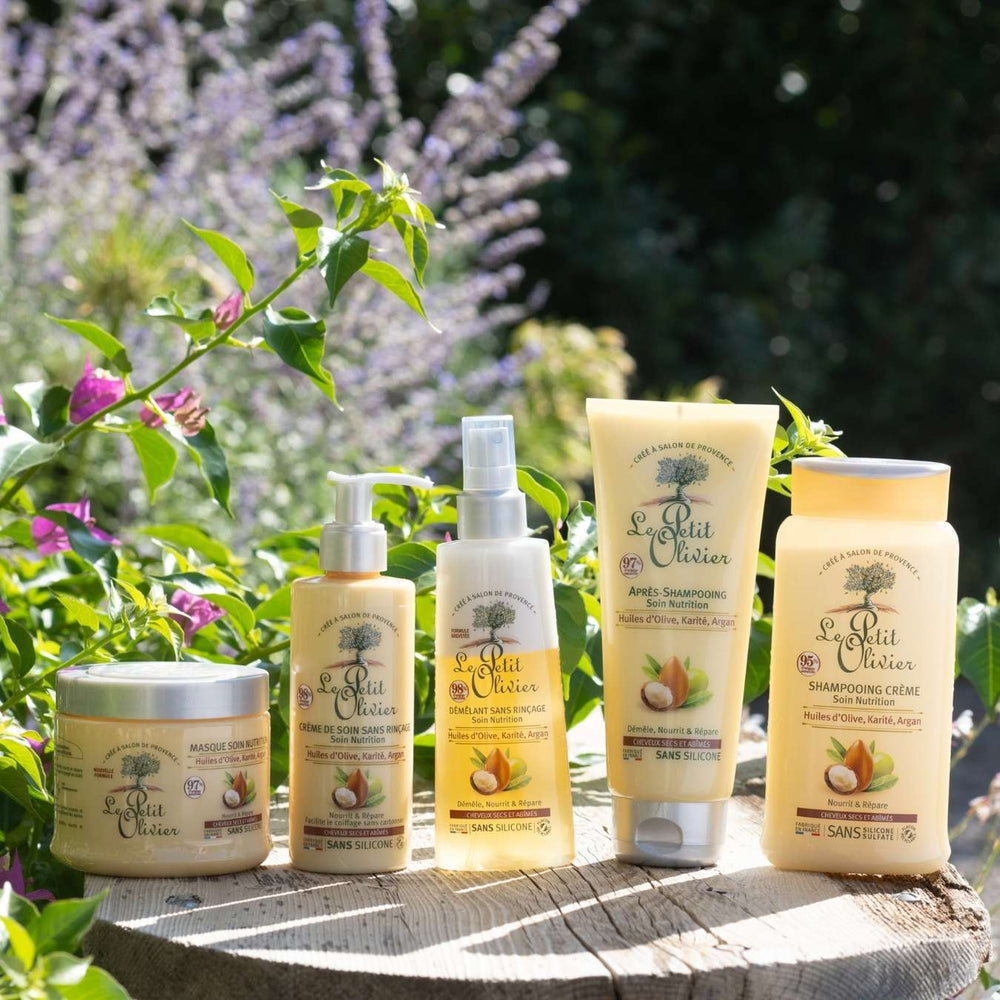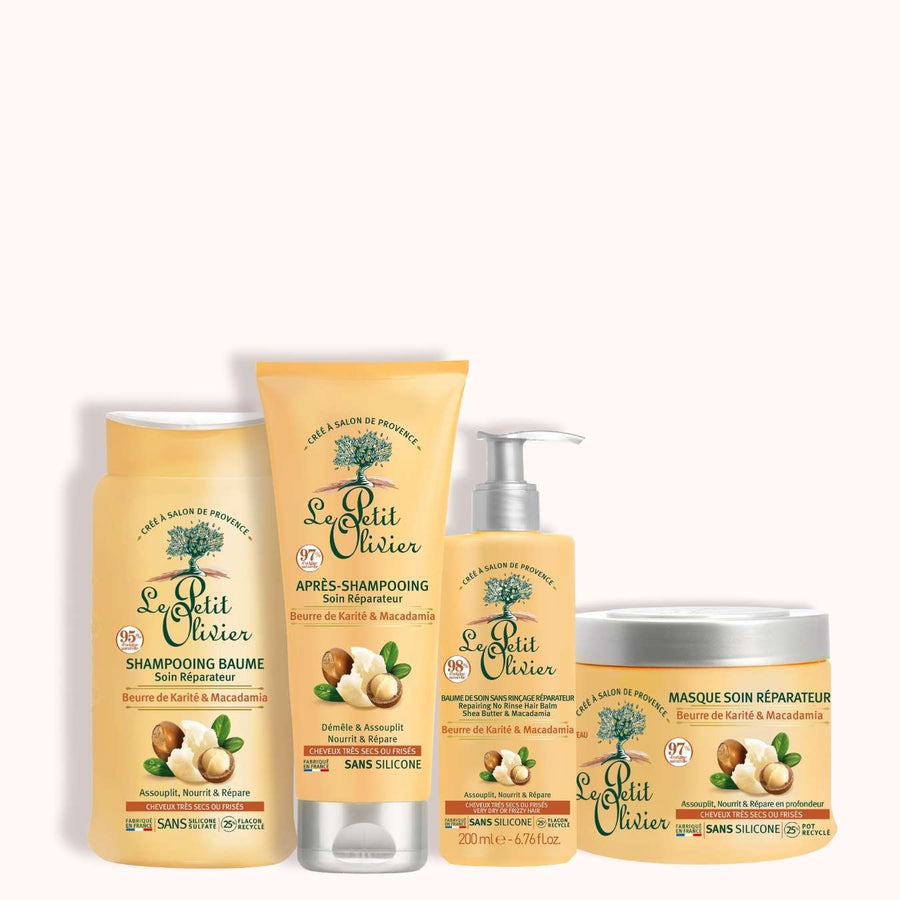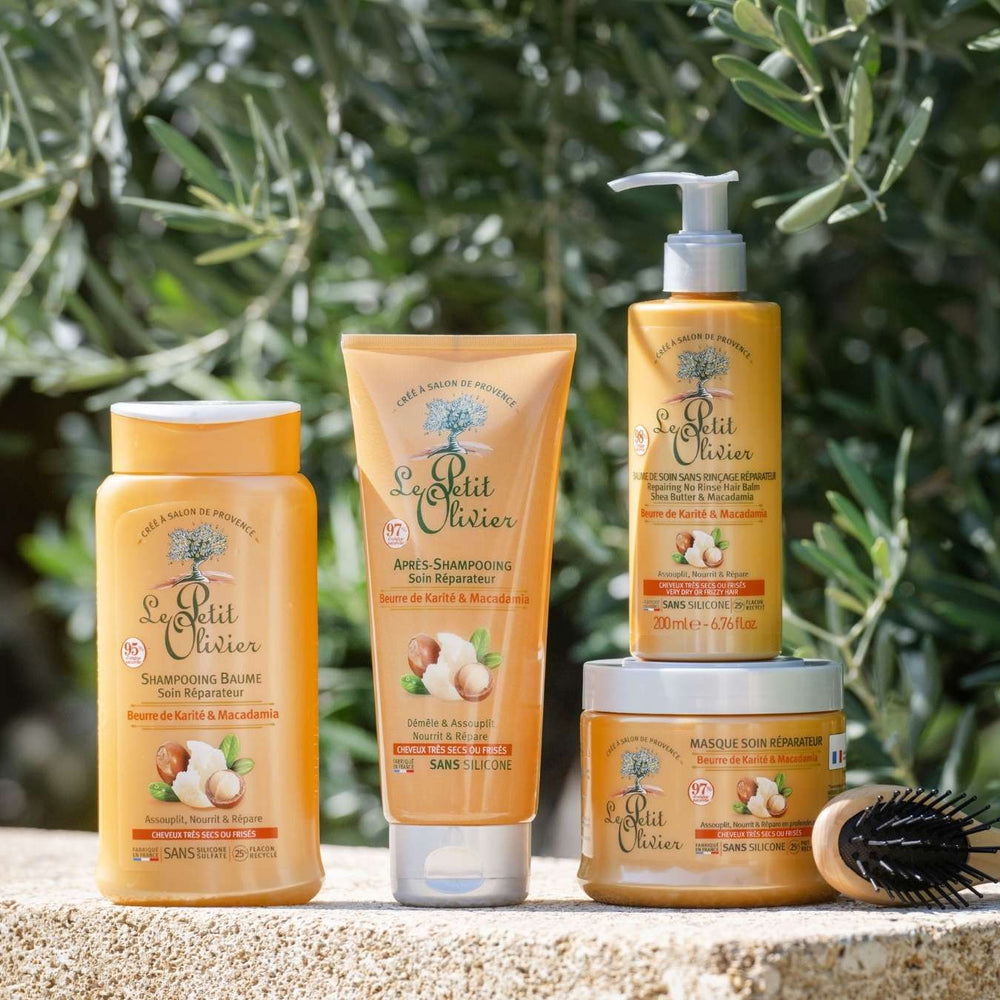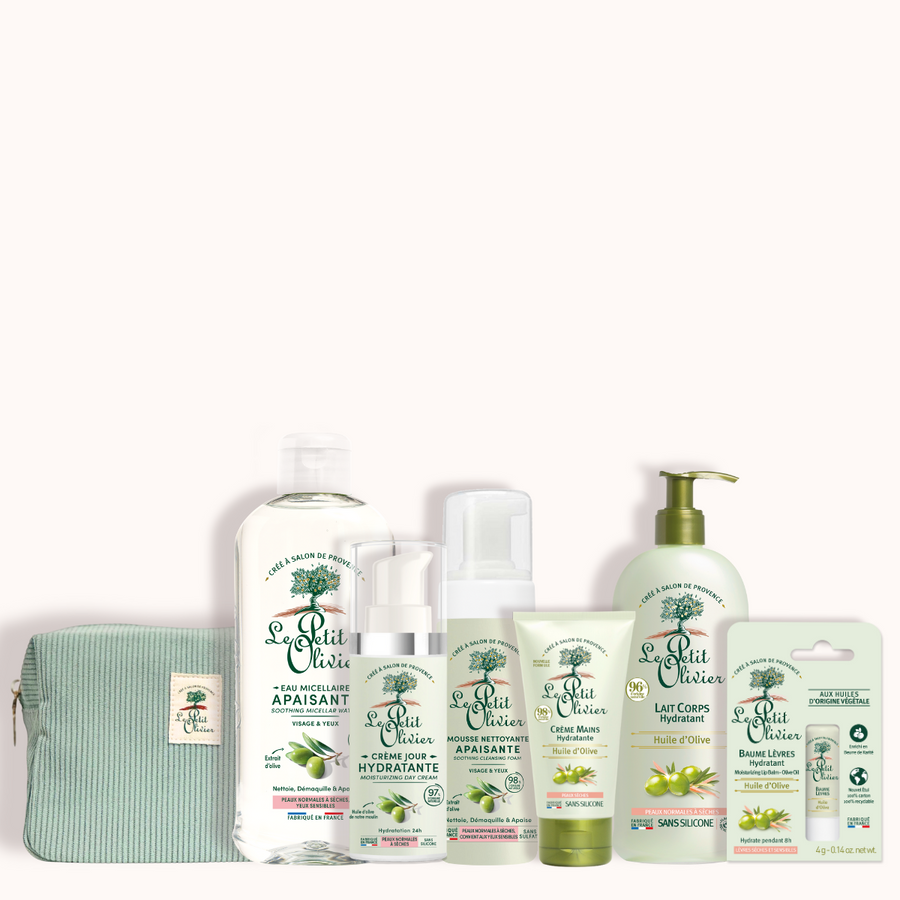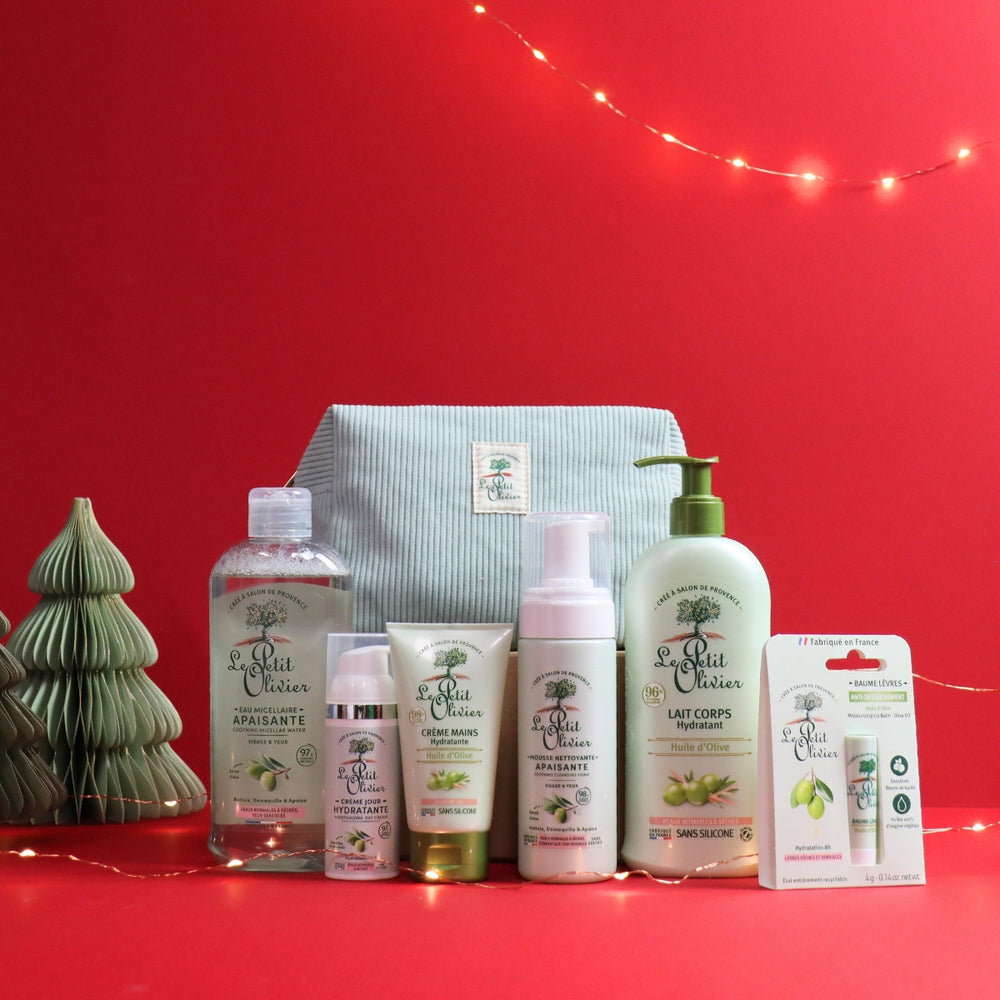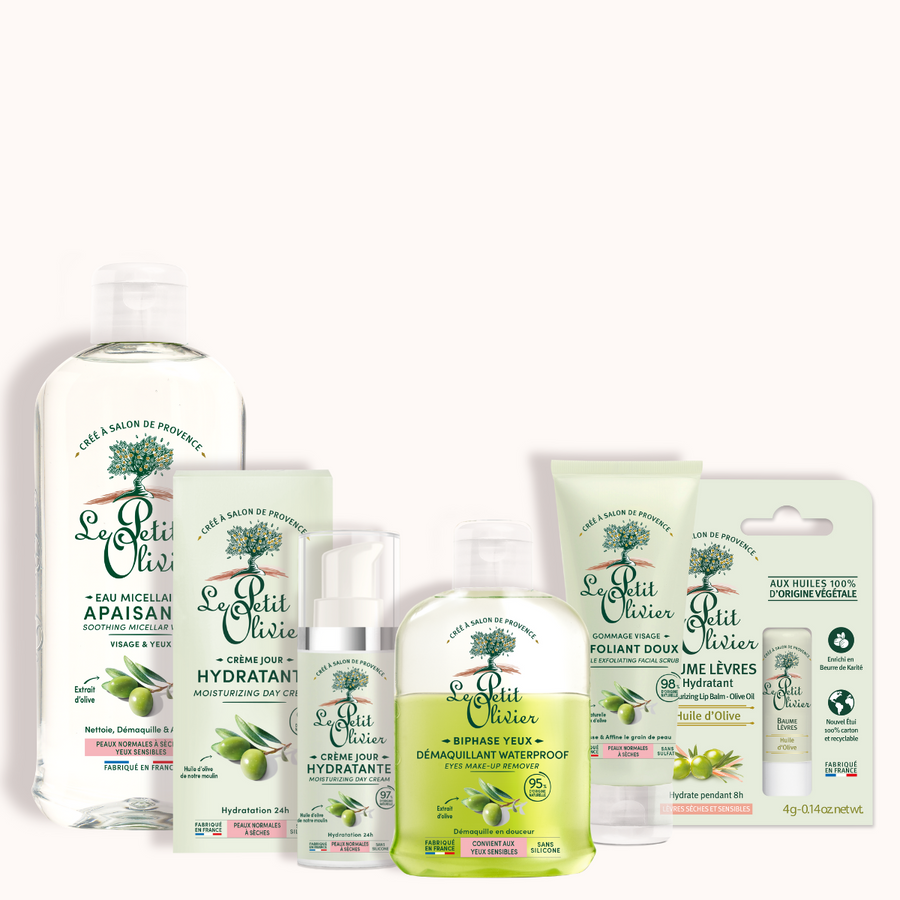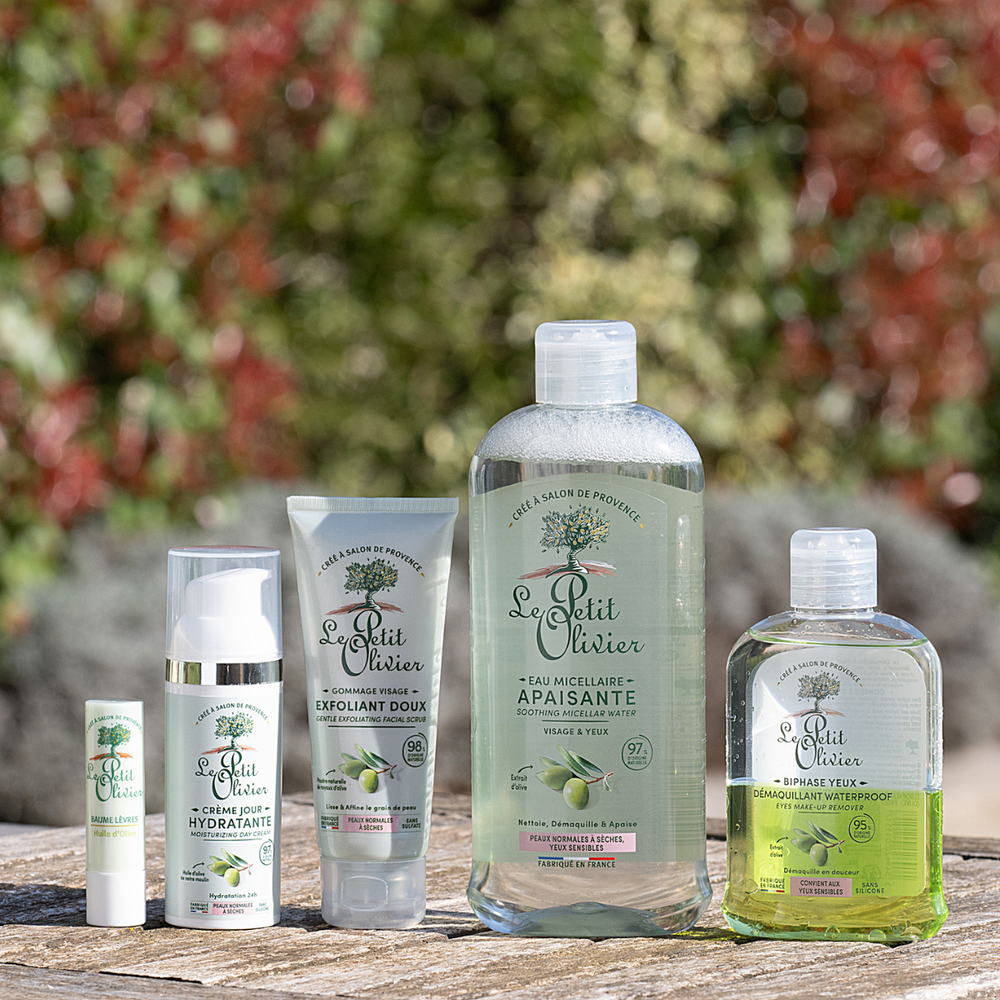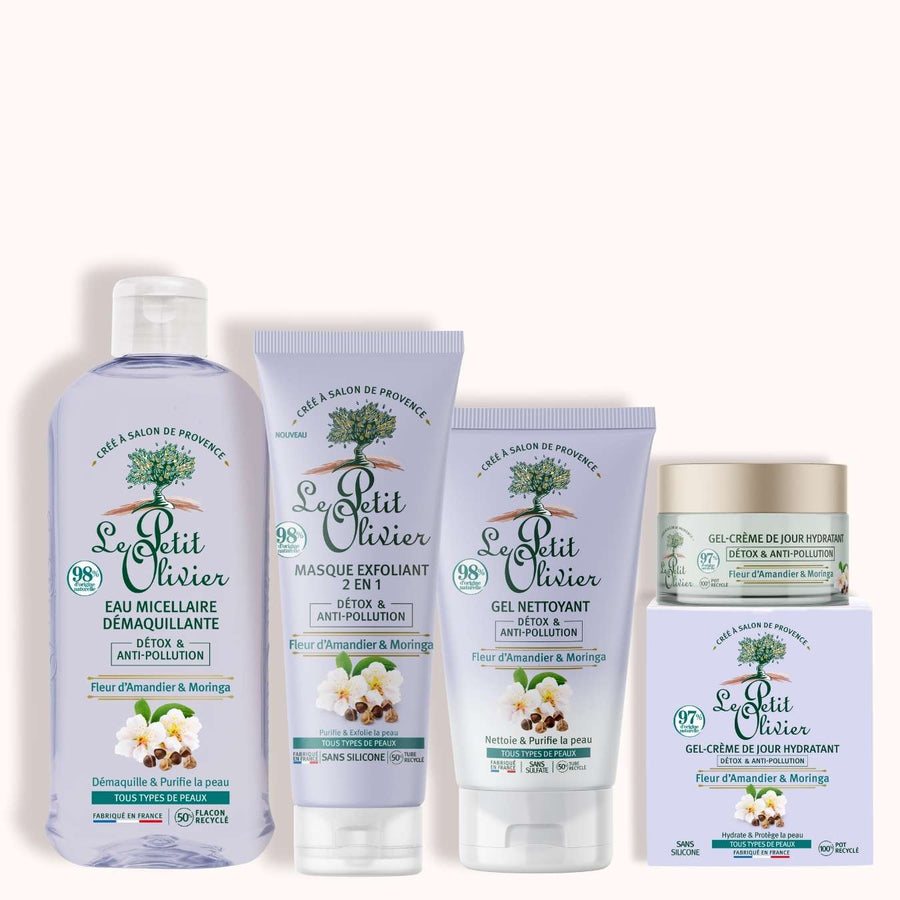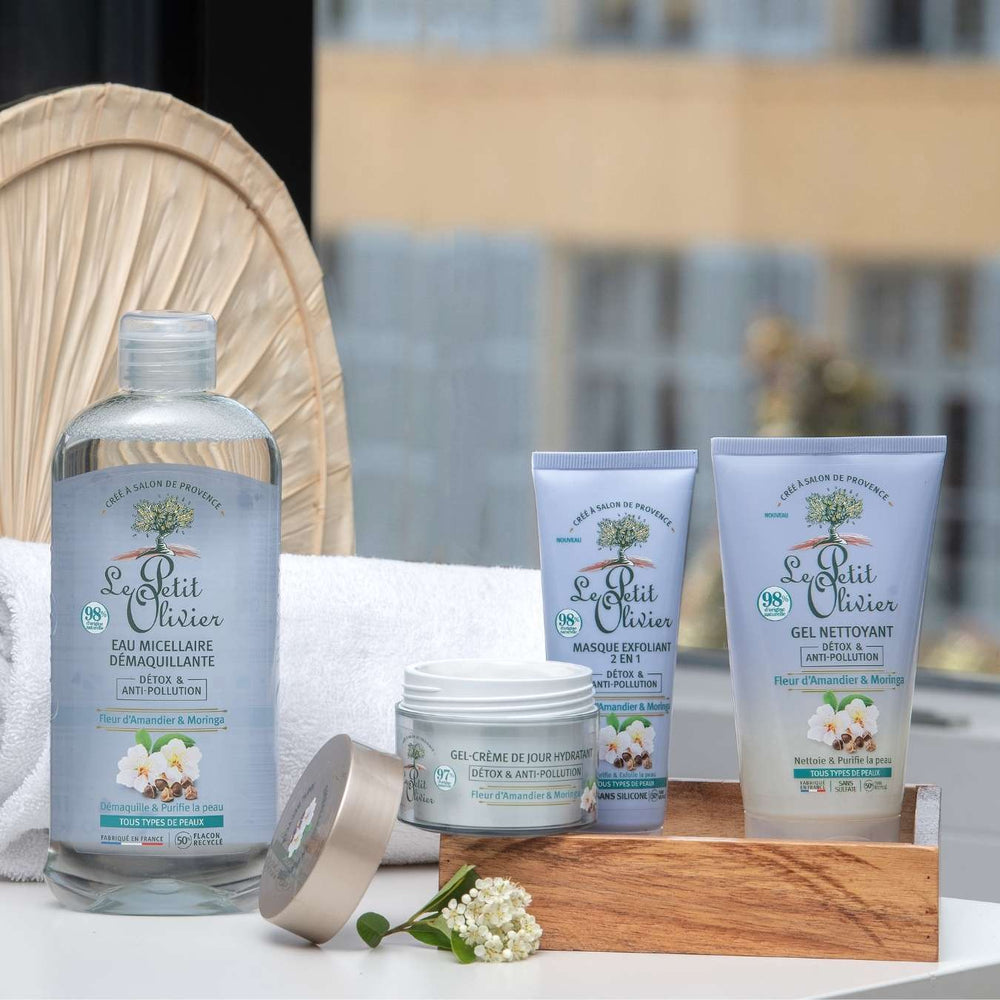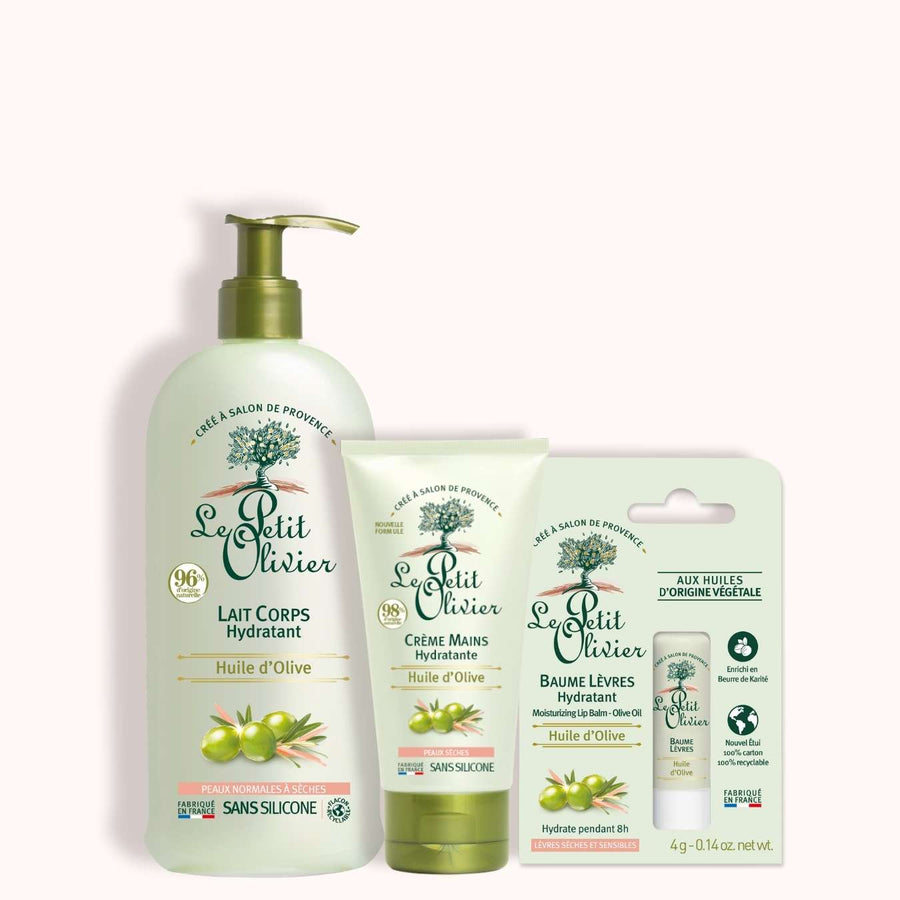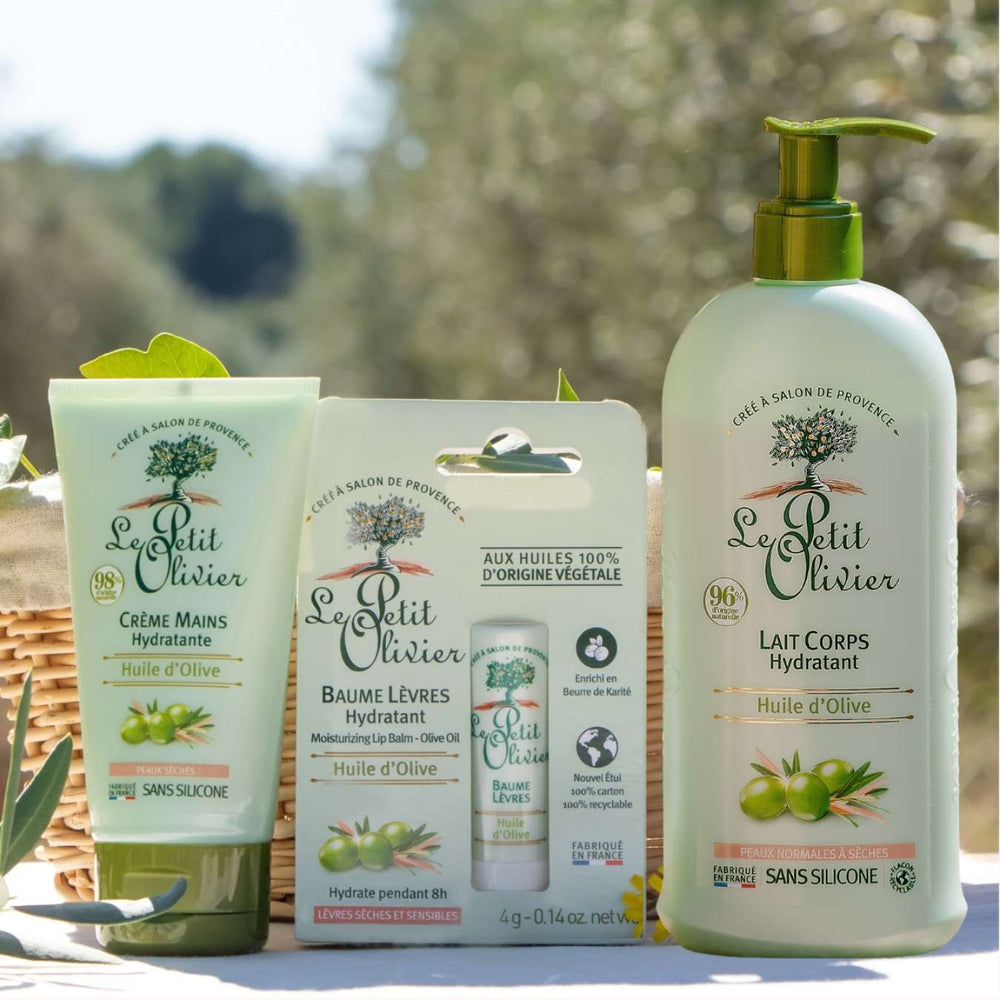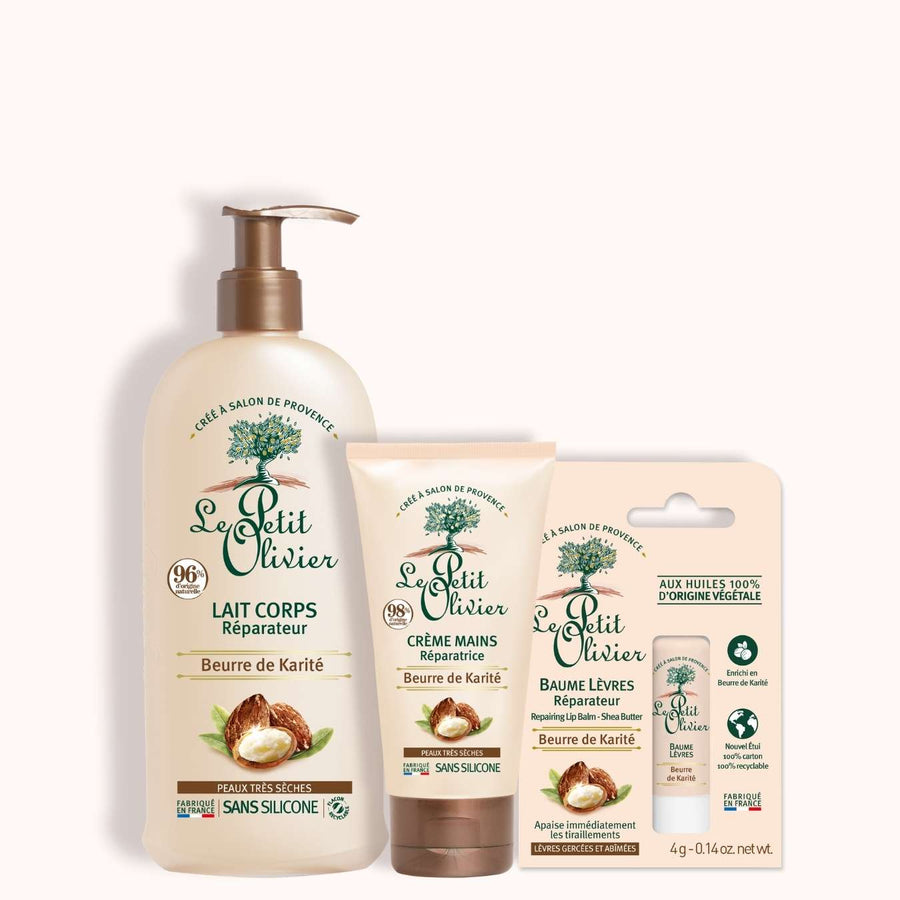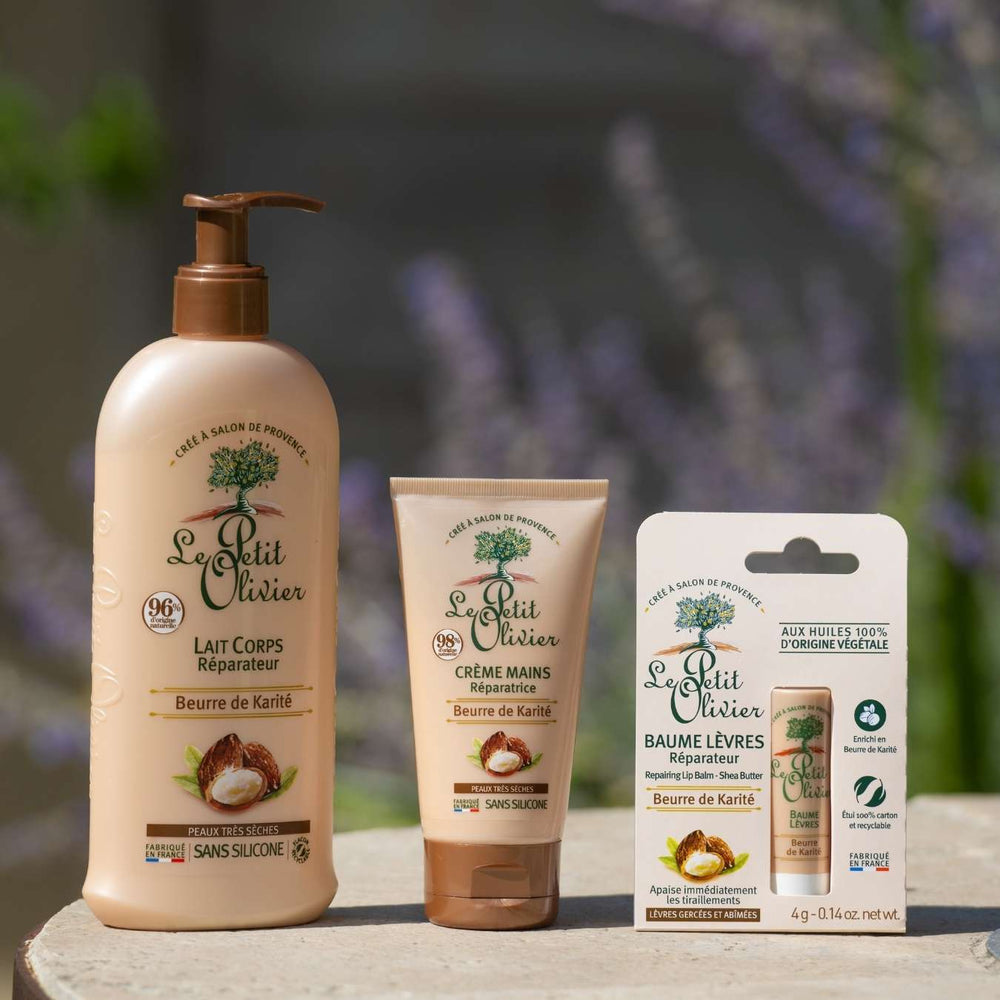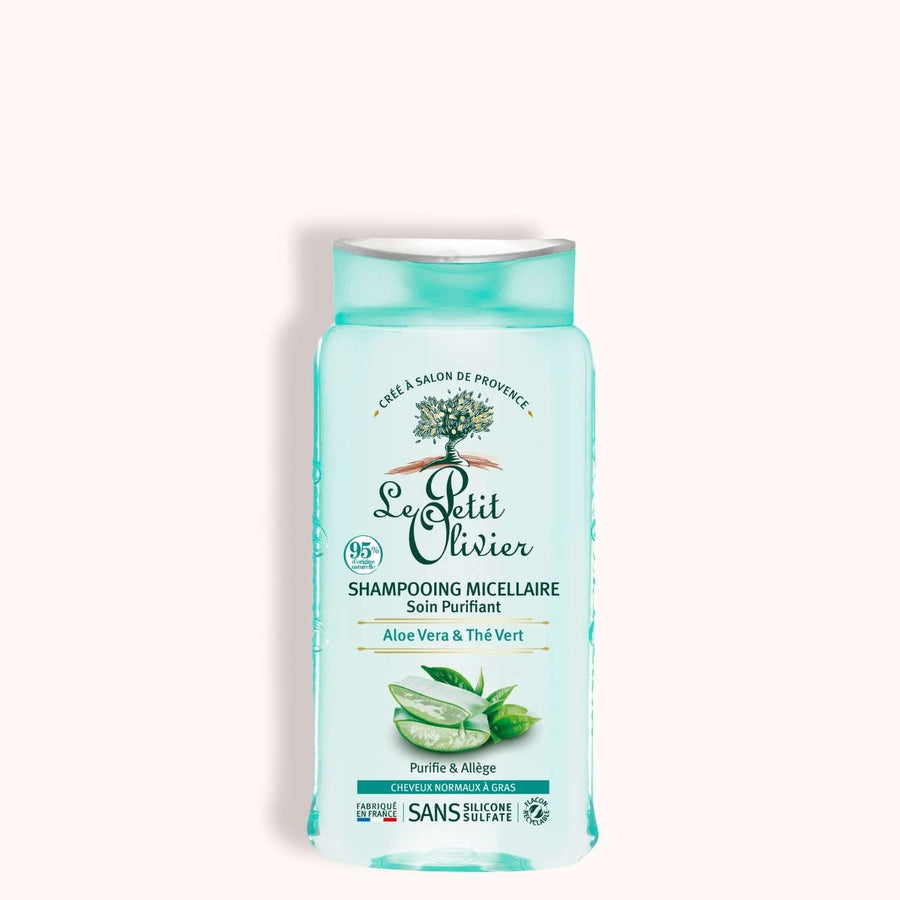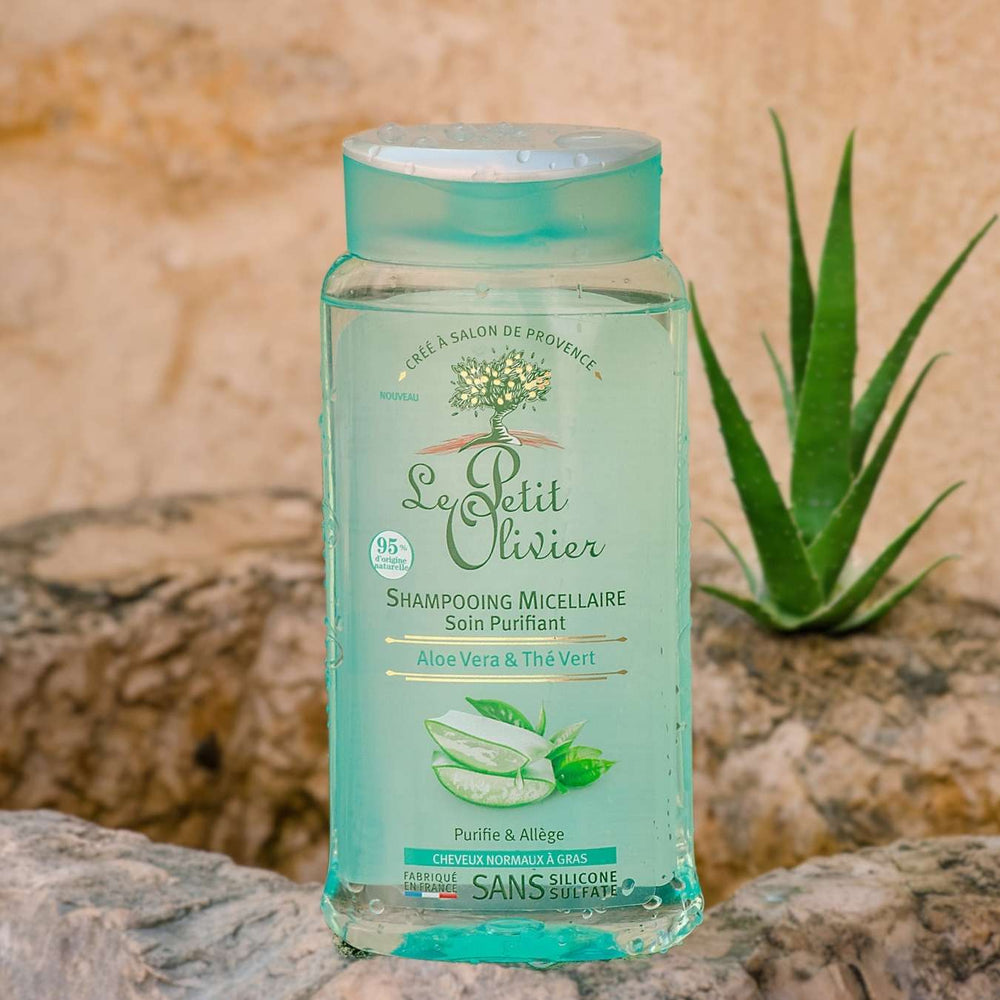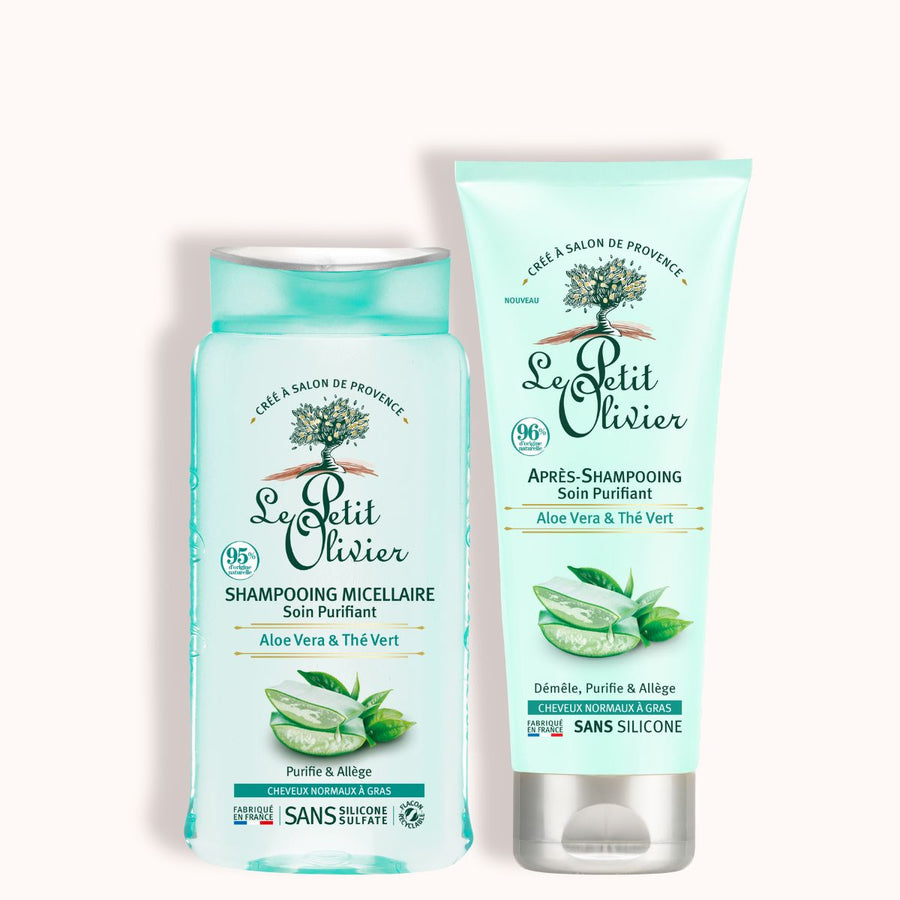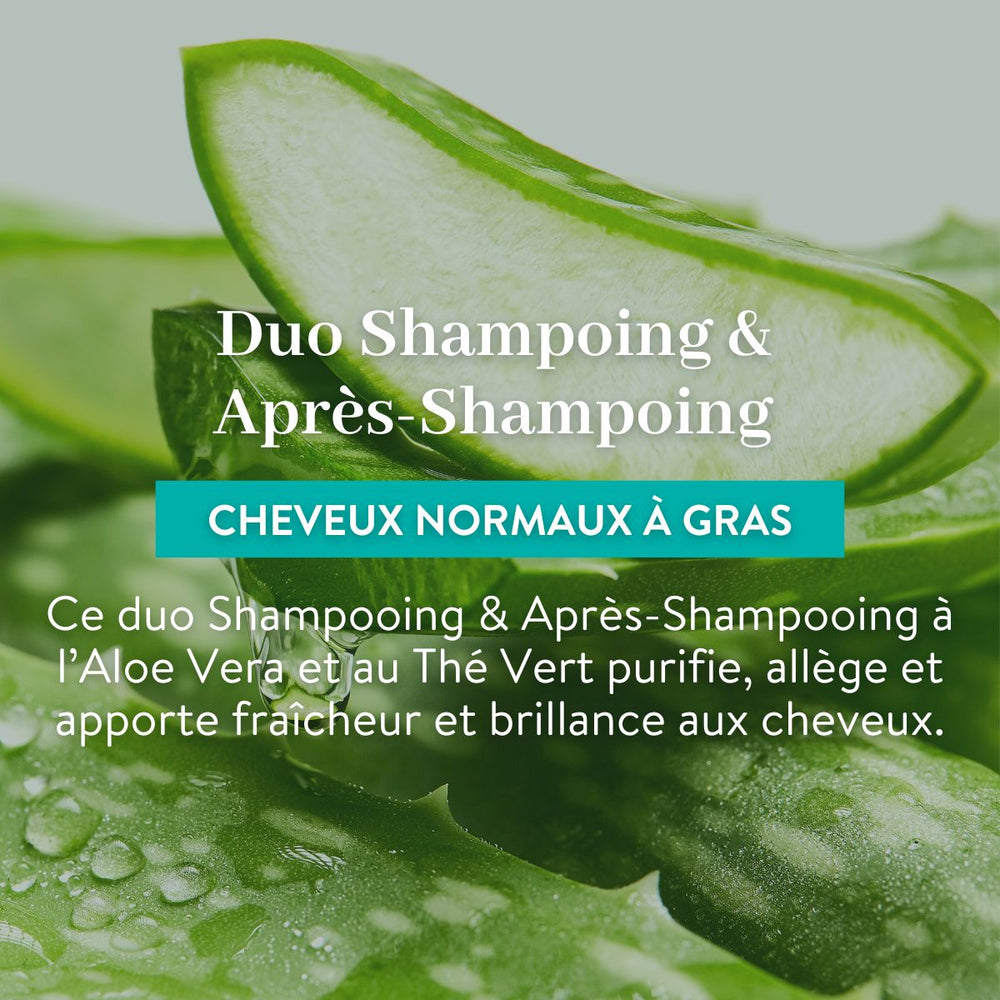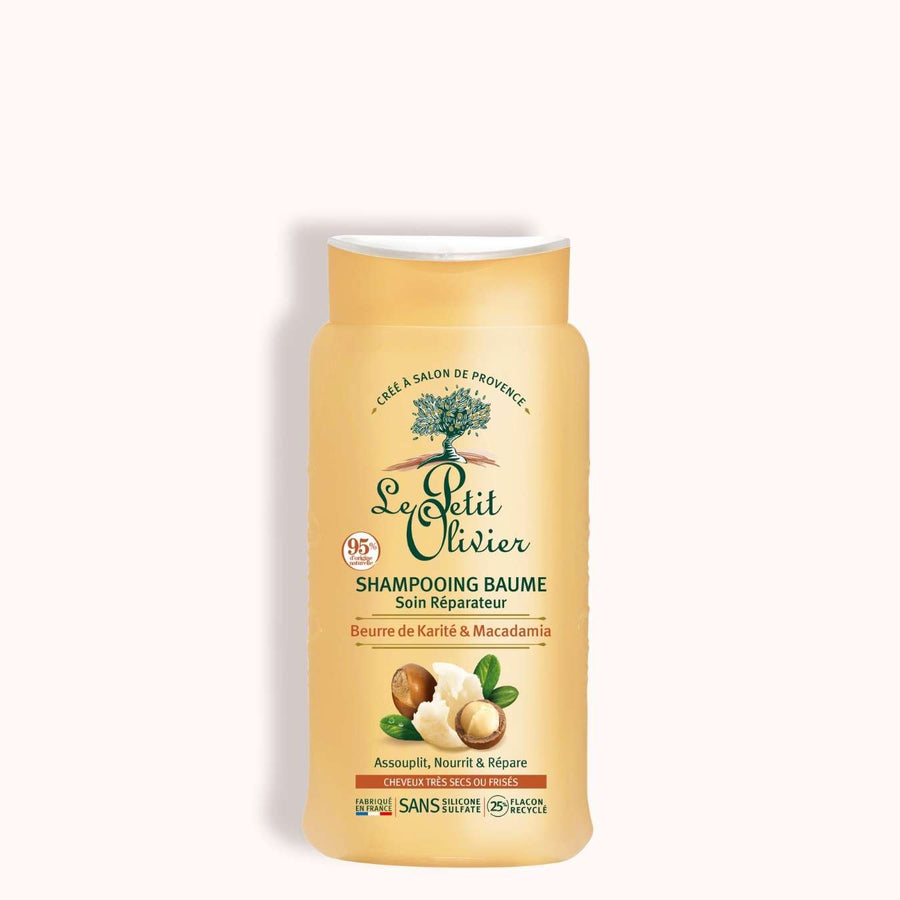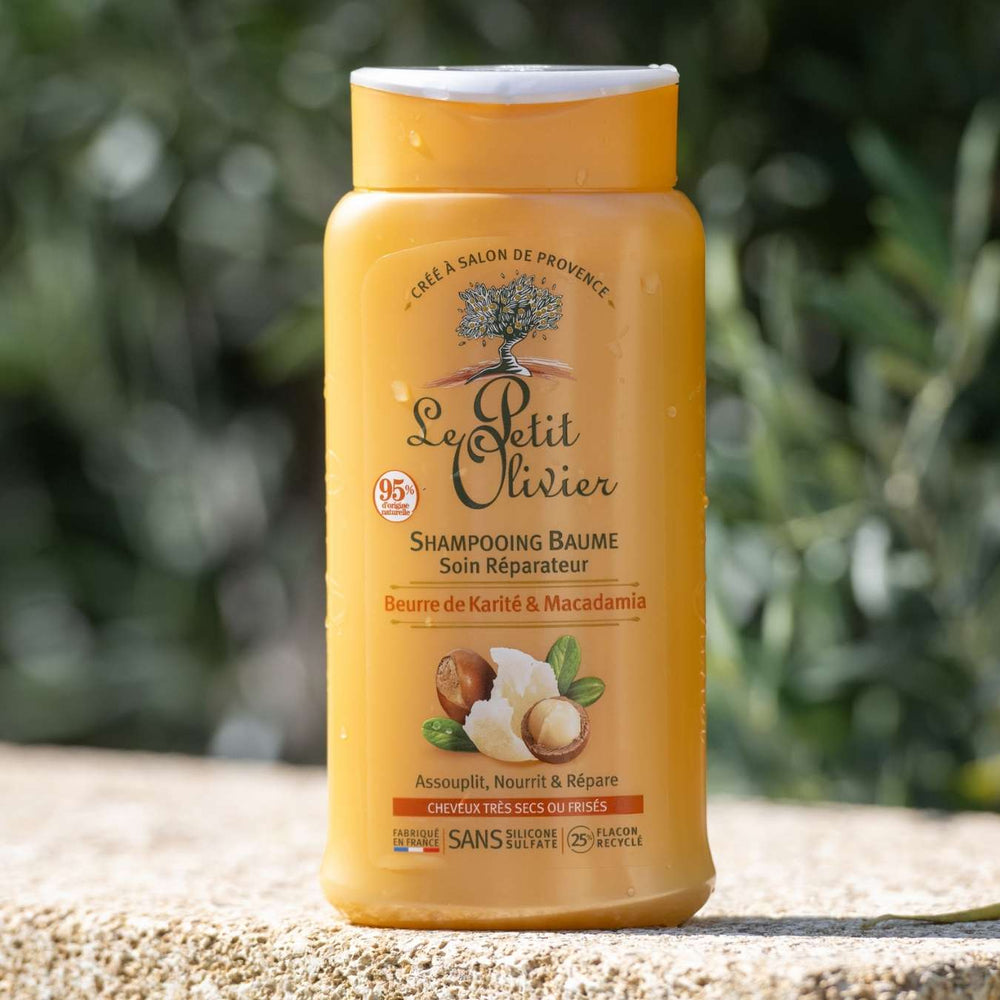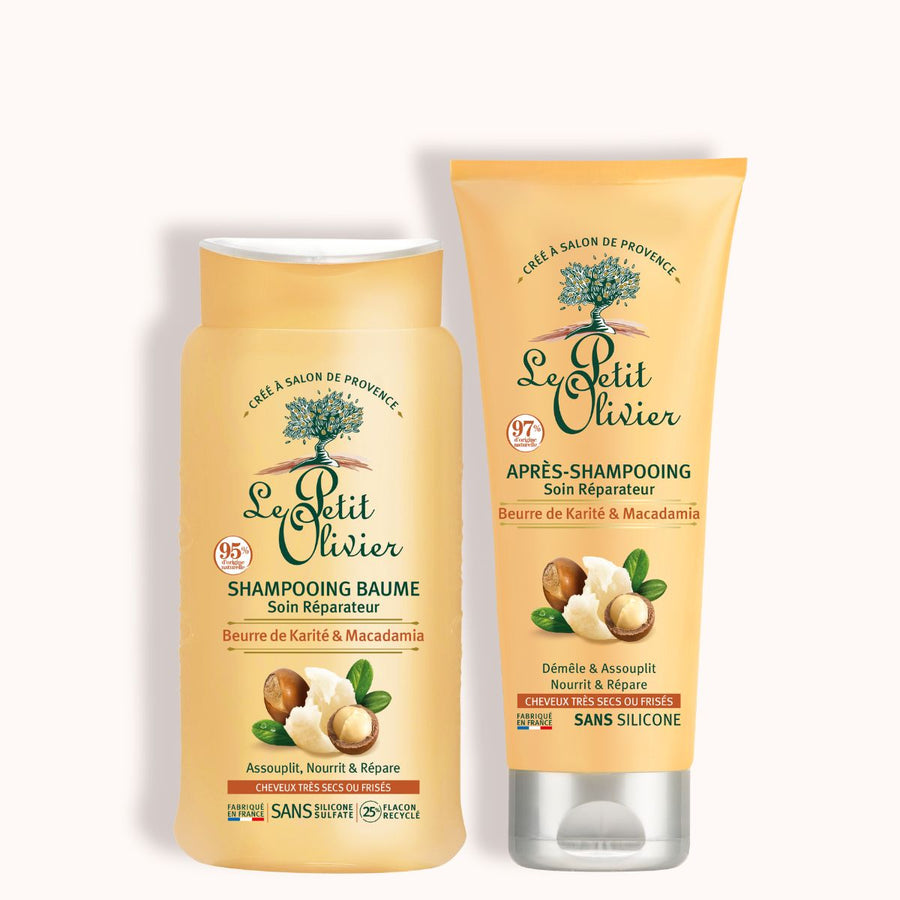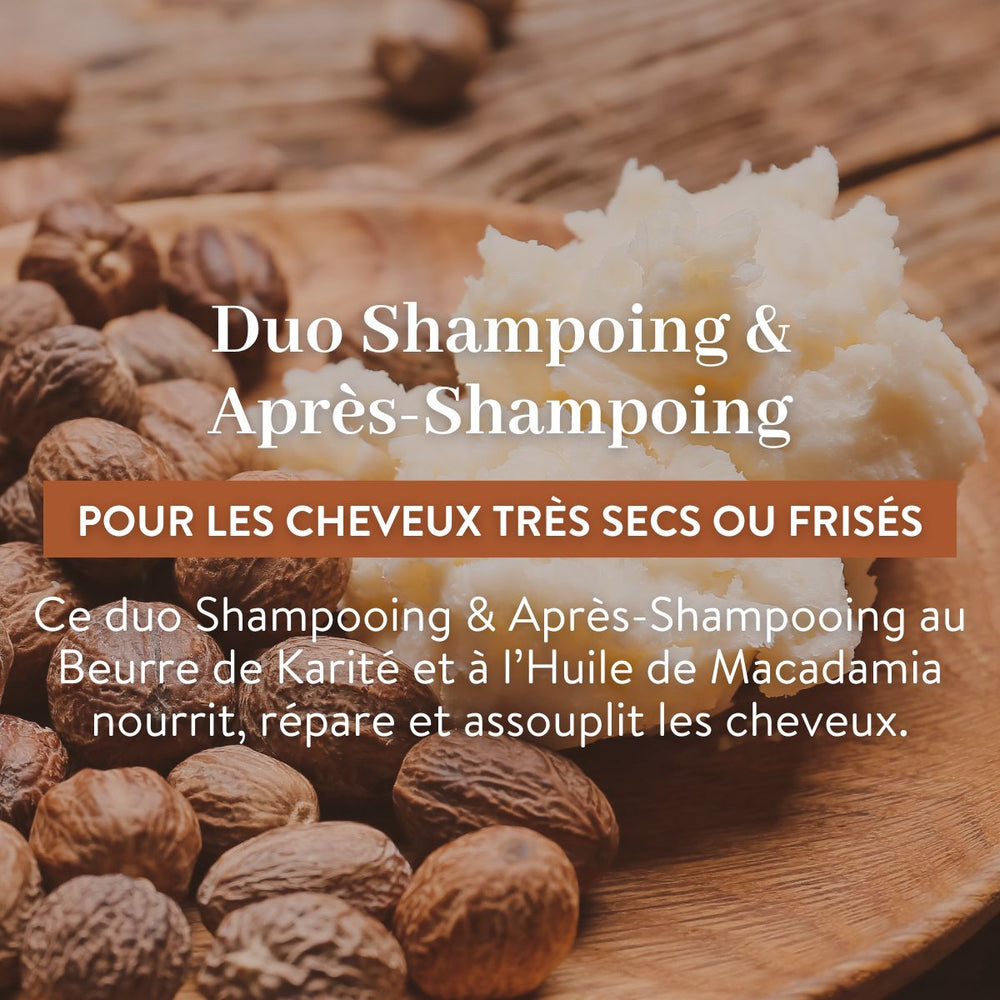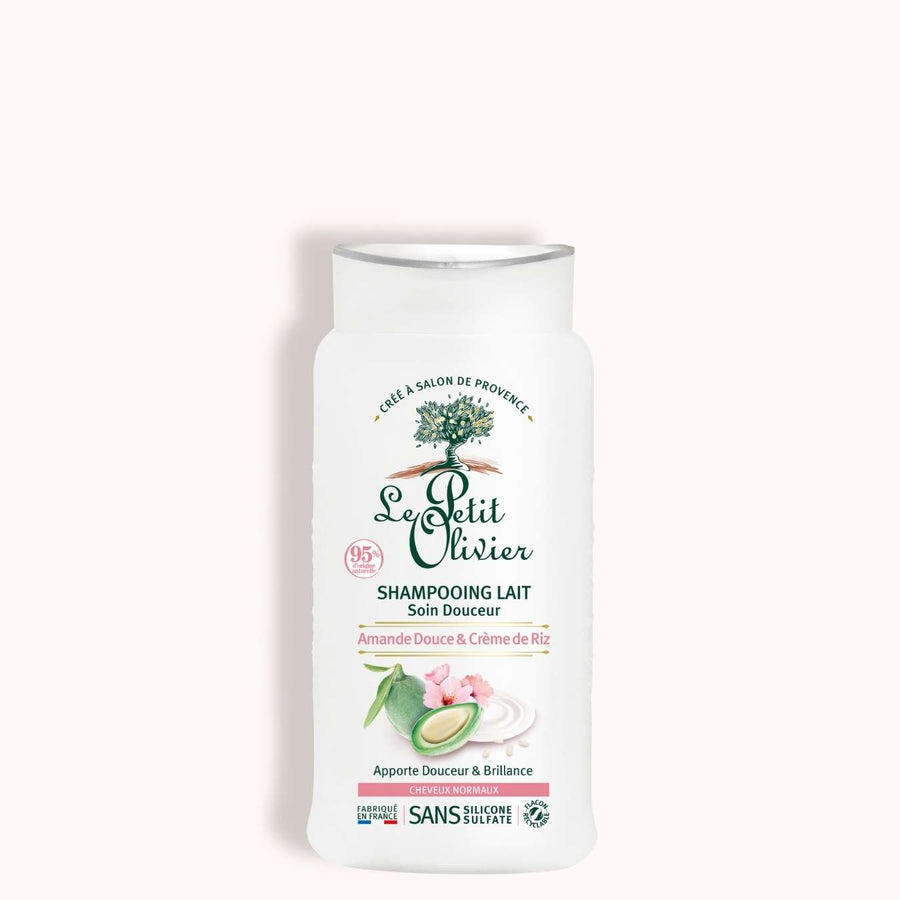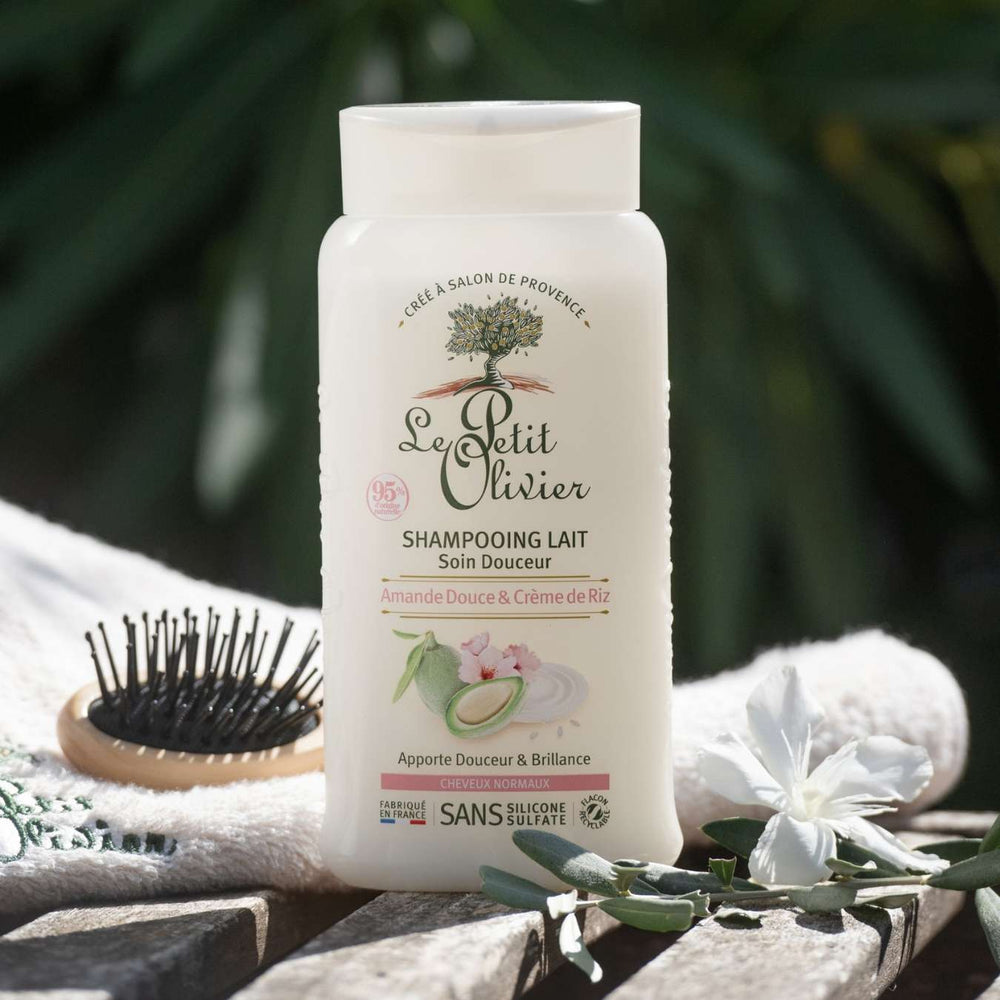Using shampoo in your hair routine: our advice
Discover how to transform your hair routine into a true care ritual through the judicious use of shampoo. Much more than a simple cleanser, shampoo plays an essential role in preserving the beauty and energy of your hair. By combining it with precise gestures, such as scalp massage, you can stimulate the roots and promote better blood circulation.
But how can you maximize the beneficial effects of shampooing? By incorporating complementary care products into your routine, such as Le Petit Olivier conditioners or essential oils, you can give your hair special attention. It's also crucial to adapt the amount of product used to your hair type to avoid any discomfort. Finally, choosing the right shampoo and adopting an appropriate frequency of use are essential steps in maintaining the delicate balance between cleanliness and protection.

The benefits of scalp massage during shampoo application
Massage technique to stimulate the scalp
Scalp massage, far from being a simple mechanical gesture, is a veritable skincare ceremony. As you apply your shampoo, take time to explore the texture and suppleness of your scalp with gentle circular movements. Start at the nape of your neck and slowly work your way up to the crown of your head. This precise gesture, performed with joined fingers, not only allows the shampoo to penetrate well, but also activates local blood microcirculation. The trick lies in alternating light pressure with more vigorous rotating movements, to deeply mobilize the scalp without damaging it.
How to maximize the effects of shampoo with complementary care products?
Integrate conditioners and masks into your routine
To enhance the action of your shampoo, integrate a Le Petit Olivier conditioner or hair mask into your ritual. These products add an extra dimension by wrapping each strand in a protective layer that prolongs the benefits of washing. Imagine your hair as a delicate canvas requiring special care after each cleansing. Conditioner, applied to lengths and ends, facilitates detangling while preventing breakage. As for the mask, it's an intensive weekly treatment.
How much shampoo should you use to avoid damaging your hair?
Adapt the amount of shampoo to your hair type
The delicate art of correctly dosing shampoo relies on a fine-tuned understanding of the specific needs of each hair type. For fine hair, a small dab is often enough to envelop the fiber without weighing it down. On the other hand, if you have thick or curly hair, you may need to increase the dose slightly to ensure effective cleansing from roots to ends. Remember to distribute the product evenly, adding a little water to obtain a light lather that facilitates scalp massage.

Risks of excessive shampoo use
Overzealous shampooing can lead to unexpected problems. Using too much product not only weighs down your strands, but also alters their natural balance. Too much can leave a residue that dulls the hair's radiance and causes itching and scalp discomfort. What's more, multiplying applications intensifies the risk of eliminating the natural oils essential to hair's protection and suppleness. So take a measured approach, and adjust your routine according to the feedback you get day after day.
Why is it important to rinse your shampoo thoroughly?
Consequences of improper rinsing on the scalp
Insufficient shampoo rinsing may seem harmless, but it can cause significant discomfort to your scalp. Imagine a persistent residue of product that gradually builds up, clogging pores and upsetting your scalp's natural balance. This can lead to itching, irritation and even dandruff. What's more, hair can lose its shine and become dull, weighed down by the residue of foam that hasn't been eliminated. A good rinse is therefore essential to preserve your hair's natural lightness and shine.
Rinsing technology for optimum results
To ensure optimal rinsing, adopt a precise and meticulous method. Start by using lukewarm water, which facilitates shampoo removal while respecting the hair fiber. Run your fingers through the strands to ensure that each section is properly rinsed. Pay particular attention to often-neglected areas such as the nape of the neck or behind the ears. To complete the process, finish with a cooler rinse to tighten the hair scales, enhancing shine and softness to the touch.

Choosing the right shampoo for your hair type
Identify your hair's specific needs
Before diving into the world of shampoos, it's essential to understand what your hair really needs. Each hair type has its own characteristics that determine its needs. For example, curly hair, often prone to frizz, needs a shampoo that tames and defines without weighing it down. Dry hair, on the other hand, would benefit from a formula enriched with nourishing active ingredients to restore suppleness and shine. For those with fine hair, a light treatment that adds volume and movement would be ideal.
To identify these needs, observe your hair carefully: its texture, its reaction to different products and environmental factors. A sensitive scalp might indicate a preference for soothing formulas, while an oily scalp would benefit from a purifying yet gentle cleanser.

Reading and understanding shampoo labels
Knowing how to decipher shampoo labels is an invaluable skill in your quest for the perfect product. The ingredients listed may seem confusing at first, but they reveal a lot about the product's potential effectiveness. Look for terms like "sulfate-free" or "silicone-free" if you prefer a gentler approach to your hair.
Finally, don't underestimate the importance of ecological or cruelty-free labels, which guarantee that the product respects not only your hair but also the environment and wildlife.
The ideal frequency of shampoo use in your hair routine
Factors influencing wash frequency
Determining the optimum frequency for washing your hair may seem complex, but it relies on a fine-tuned understanding of several key factors. Hair type plays a major role: oily hair often requires more frequent washing to eliminate excess sebum, while dry or curly hair may benefit from longer intervals to preserve its natural moisture. Your lifestyle also influences this decision: if you regularly take part in sporting activities or live in a polluted urban environment, you may need to adjust your routine to meet these specific conditions.
The seasons also bring their own changes. In winter, the scalp may become drier due to indoor heating and require fewer washes, while in summer, heat and humidity can increase sebum production. Finally, listen to your scalp: if it shows signs of irritation or itching after frequent washing, consider spacing out applications.
Balancing cleansing and scalp protection
The delicate art of hair care lies in the subtle balance between cleanliness and preservation. Washing too often can remove the essential natural oils that protect the scalp and maintain the elasticity of hair fibers. Conversely, excessively frequent washing can lead to an undesirable build-up of dirt and impurities.
If you need to wash your hair regularly, remember to include gentle products suitable for "frequent use" in your routine. These lightweight formulas respect the natural lipid film while guaranteeing impeccable cleanliness. For those who prefer to space out their shampoos without sacrificing freshness, consider the occasional use of a dry shampoo to absorb excess sebum without assaulting the scalp.
Thus, by adjusting your approach to your individual and environmental needs, you ensure not only a well-groomed appearance but also lasting comfort in everyday life.
We recommend these other pages:
